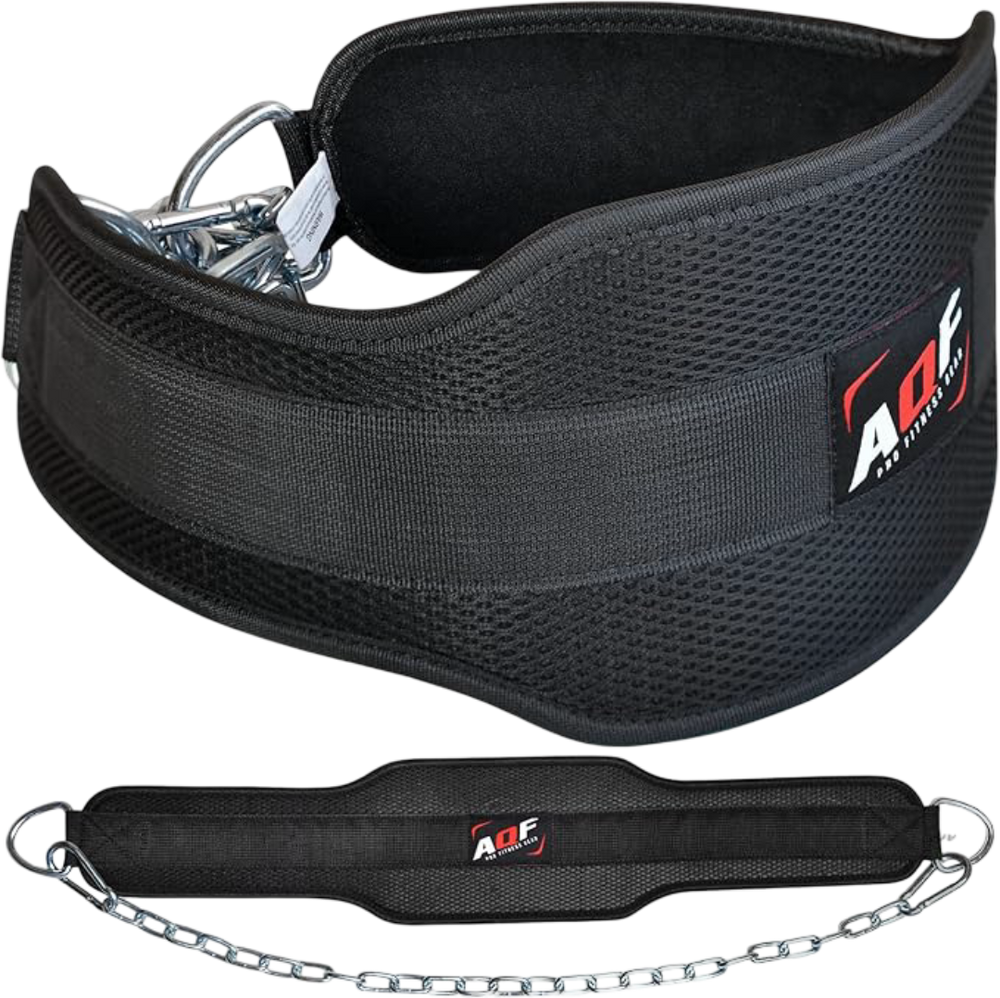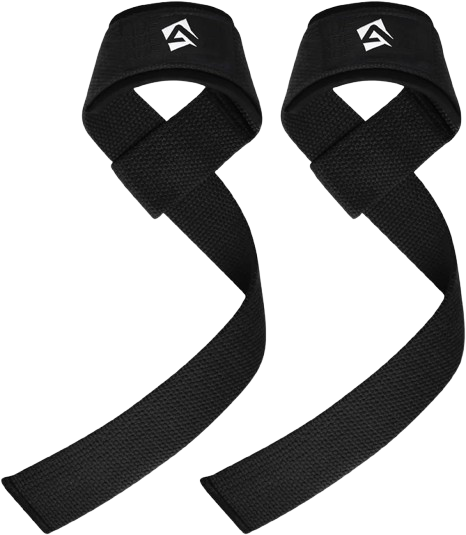MMA Training Essentials: Must-Have Gear for Every Fighter

If you’re getting into MMA, you’ve probably had some tough moments. Maybe your hands hurt after punching, or your shin guards kept slipping when you kicked. Or you showed up to training feeling like you forgot something important. That happens a lot when you don’t have the right gear. You might think MMA training is just about showing up and throwing punches. But honestly, the right gear makes a big difference. It protects your body and helps your training go smoother. Without it, you’re more likely to get hurt, and injuries can slow you down or even stop you from training. About 23% of MMA injuries happen because fighters didn’t have enough protection. That means almost one in four injuries could be avoided with better gear. When your hands and feet feel supported, you can hit harder and move faster without worrying about pain. And feeling safe? That’s really important. It helps you focus on improving instead of holding back. So, gear isn’t just about safety—it helps you train smarter and get better faster. Here’s the gear every MMA fighter needs. No skipping—each one is important to train safely and smartly. Gloves are your best friends in MMA. They protect your knuckles but let your fingers move freely. That’s what makes them different from boxing gloves. If they’re too big, you’ll feel slow. Too small, and your hands don’t get enough protection. The choice of MMA gloves also differs depending on where you are choosing them. Most fighters pick 4 to 6-ounce gloves for competition because they balance speed and safety. However, for sparring, gloves usually weigh around 7 to 8 ounces. This additional padding protects both fighters. Good wrist support is key. It stops your wrists from bending wrong when you punch or block. AQF Sports MMA gloves are popular because they last and fit well. But you don’t have to spend a lot at first. Just make sure they feel comfy and don’t slip or pinch. Hand wraps might seem old-fashioned, but they’re really important. They protect your hands and wrists like a brace. Wrapping helps stop broken knuckles and sprained wrists. They also keep your gloves from getting sweaty and worn out. Choose wraps that fit your hands. If you don’t know how to wrap, there are plenty of videos online. It’s easy to learn and helps a lot. Honestly, once you start wrapping, you won’t want to train without them. Never skip a mouthguard, especially if you’re sparring or fighting. It protects your teeth and cushions your jaw to lower injury risks. You can get cheap boil-and-bite ones that you shape at home. If you want something better, a custom mouthguard from a dentist fits well and stays put. Protect your teeth now—it’s way easier than fixing them later. Kicking is hard on your shins. Training without shin guards means bruises or worse. Shin guards absorb the hits and protect your legs. Look for ones that fit tight and don’t move when you kick. The best have firm padding in front and soft padding around the ankles. Wearing good guards means you can train longer without getting sore. Headgear won’t stop every hit and does not significantly reduce the risk of concussion. But it mainly helps prevent superficial injuries like cuts, bruises, and painful swollen ears, which are common among fighters. If you spar a lot, headgear is a smart buy. Pick light headgear that doesn’t block your sight or breathing. You want to stay aware, not feel weighed down. These aren’t just comfy clothes. Rash guards protect your skin from burns, cuts, and infections like ringworm, which happens more than you think. They also keep sweat away, so you stay dry. Compression shorts help your muscles and improve blood flow. That means less tiredness and quicker recovery. Wearing these regularly makes tough training easier. Some gyms let you wear shoes on the mat. If yours does, get wrestling or MMA shoes with good grip and ankle support. They help you stay steady during fast moves and takedowns. If you train barefoot, that’s fine too. But if shoes are allowed, they can improve your footwork and protect your feet. Jump ropes are simple but powerful. Many pro fighters use them. Jumping rope helps your foot speed, coordination, and cardio—things that really help in fights. You don’t need a lot of time. Just 10 minutes a day can make you quicker and more precise. Plus, you can do it anywhere. Picking out MMA gear can honestly feel like a lot sometimes. There’s just so much to choose from. But here’s a simple way to think about it: focus on what fits you and feels right for your style. First off, fit really is everything. If your gloves are pinching or your shin guards keep slipping around, you’re not going to enjoy training or perform well. When your gear fits well, you barely notice it. That’s what you want because it keeps your mind on your moves, not on adjusting your stuff. Next up, think about how long your gear will last. Sometimes cheap gear looks like a bargain, but if it wears out fast, you’re just going to end up spending more in the long run. It’s worth spending a little extra on things that hold up to the wear and tear of tough training sessions. Brands like AQF Sports have a solid reputation for good quality gear. But don’t stress about buying the fanciest or most expensive stuff right off the bat. Start with what feels comfortable and gets the job done. You can always upgrade later once you know what works best for you. You don’t want to spend money on gear and then ruin it quickly. Taking care of your stuff helps it last longer and keeps you safe. After training, wipe down your gloves, shin guards, and headgear with some disinfectant. They get sweaty, and if you don’t clean them, they’ll start to smell and can cause infections. Wash your rash guards and compression shorts after every use to keep them fresh. Also, don’t leave sweaty gear in your bag. That just causes bad smells and mold. Store everything somewhere dry. And watch for any signs of wear. If the padding is worn out or there are holes, it’s time to get new gear. Your safety comes first. Usually every 6 to 12 months for gloves and shin guards if you train a lot. Mouthguards last longer but check for damage often. Replace the gear when it starts wearing out to stay safe. Yes. Gear like wraps and guards protect your joints by absorbing impact and reducing wear over time. Not required, but many prefer it. Training gear gets worn out fast, so keeping fight gear fresh helps with comfort and hygiene. MMA isn’t just about being strong or knowing moves. It’s about getting your body ready to train smart and stay safe. Honestly, having the right gear makes training Essential Takeaways
Why Proper MMA Gear Matters
Must-Have MMA Training Gear
1. MMA Gloves
2. Hand Wraps
3. Mouthguard
4. Shin Guards
5. Headgear
6. Rash Guards and Compression Shorts
7. Training Shoes
8. Jump Rope
How to Choose the Right Gear
Tips for Maintaining Your MMA Gear
Frequently Asked Questions (FAQs)
1: How often should MMA fighters replace their training gear?
2: Can MMA gear help prevent long-term joint damage?
3: Do separate gears need to be used for training and competition?
Final Thoughts










